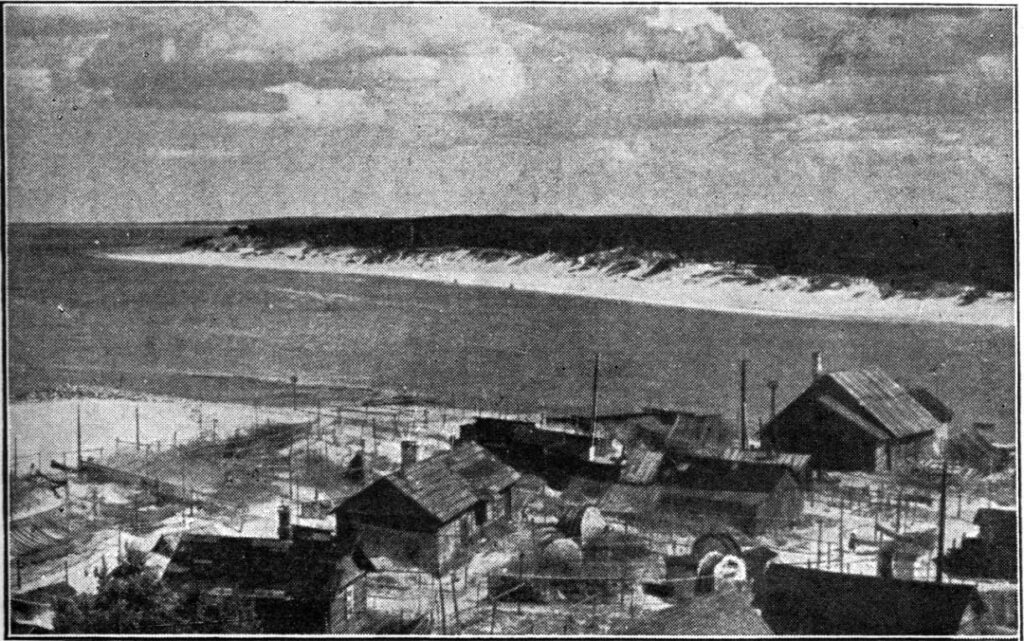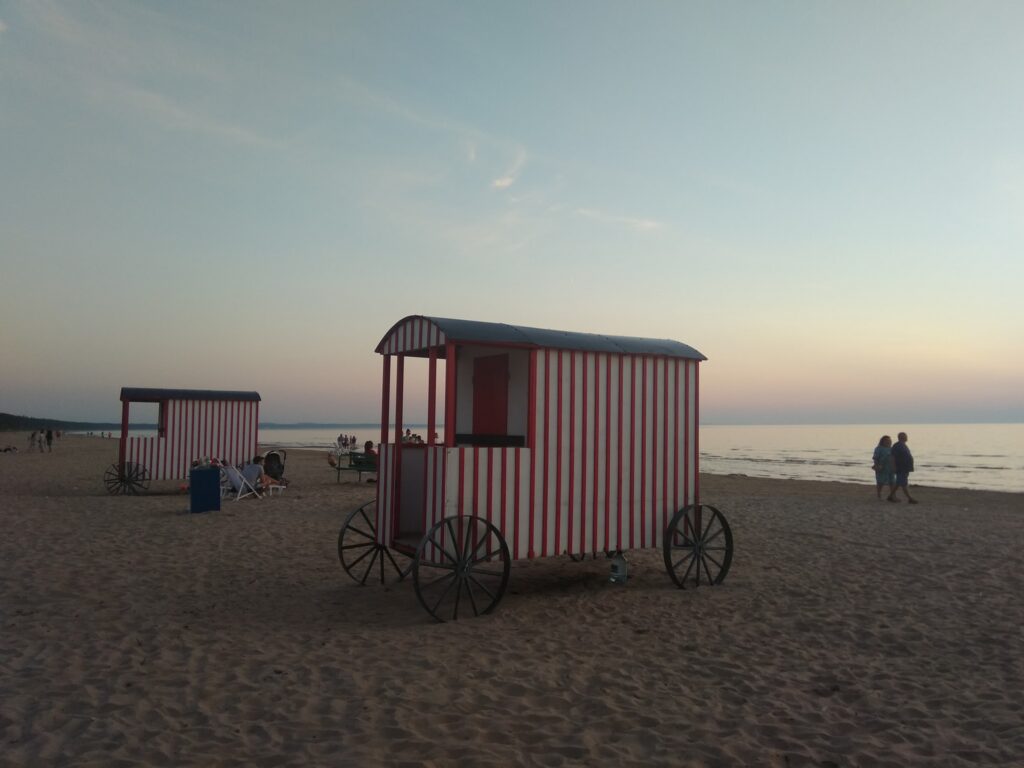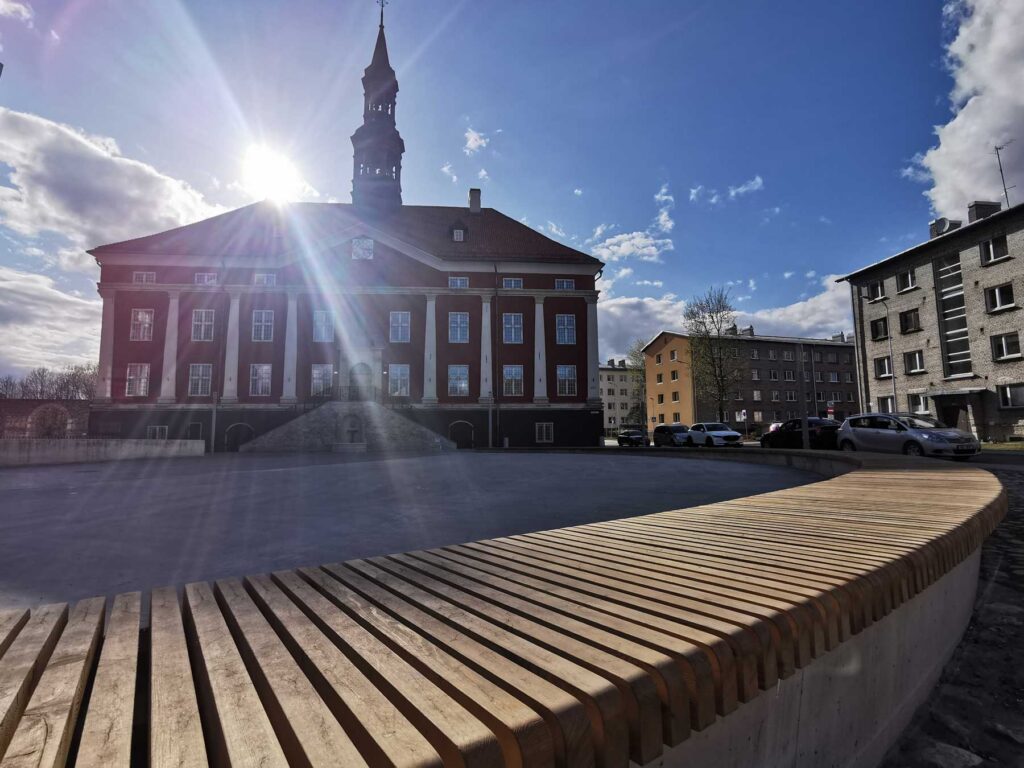The city of Narva is strengthened by walls. Expansion of the rights of the city

Arnold Paul Suvalep
Start Here.
Military operations, however, were still held in the territory of South Livonia and territories located next to Pskov. In 1369, the Tallinn Comur again ruined the lands of Zanarovya for four days. In September 1369, the Narva Vogt, apparently, Arndt von Altena, again crossed to the other side of the Narva River. Here he encountered a Russian detachment, but this time unsuccessfully. In revenge, the Russians crossed the river near the Narva on the night of September 21, where they burned three villages near the river and killed about 30 people of different sexes. On September 29, reinforcements from Tallinn arrived in Narva, but there were no more large clashes with the Russians.
In 1370, the Narva Vogt Arndt von Alten with his detachment again crossed the river and attacked the Pskovichi, who were in Russian villages. Some of the Russians were killed, about 200 people who were captured, brought to Narva.
After that, military operations in the vicinity of Narva ceased. In the summer of 1371, the world was concluded with Novgorod and Pskov; At the same time, the previous boundaries and the order of fishing have been preserved. The merchants also concluded a truce with Novgorod, which was extended for another two years on July 20, 1372. The contract stipulated that in the event of a dispute between Russians with the Landserra, whether it was the king of Sweden, the authorities of the Narva, the Tartu bishop, the Order, the Riga Bishop or the Saaremaic Bishop, trade and merchants should not suffer.
Of course, and after that the disagreements did not stop. In the spring of 1376, in Tartu, the parties nevertheless again came to reconciliation. But already at the end of the same year, a new detention of merchants in Novgorod followed in response to the robbery of Russians on the Emayygi River. A new ban on trade followed.
The burning of the city of Narva in 1367 showed the authorities of the Order and merchants how important the need was to embrace the city with a wall. Since Narva began to grow rapidly again, because After the next cessation of trade in 1368, the city began to attract merchants even more, the construction of the fortifications began immediately, as military operations began to allow. The master of the Order of Wilhelm von Freimersheim, who, according to the Chronicle of Vartberg, expanded the Tallinn castle and strengthened it with two powerful towers and high walls, also laid the construction of the Narva City Wall. Fogt Lubtsamaa Hincarik von Oldendorp, who, together with the Narva Fogt Arnd, von Alten, made all the indefatigated orders for the start of construction work arrived at the place. The city was erected on the site of the current old city. His new square, undoubtedly, did not coincide with the area of the former city. Within the city were lands and fields of fields belonging to private owners. These plots were alienated or exchanged for others and entered into the land book of the city of the city as the property of the city of Narva.
Given the fact that the Viru Gate was already mentioned in 1374, and the decrees of the Narva Vogt from 1381 were published retroactively, it can be assumed that the work to strengthen the city began around 1370 or shortly after that. The construction of the fortifications and the city wall lasted a long time, possibly for several decades, since the initial wall had to be repeatedly built and thicken.
How long the work on strengthening the city has continued, remains unknown. Apparently, the end of construction was marked by the expansion of the rights of the city.
The construction of urban fortifications was probably carried out as a joint venture of the city of Narva and merchants with the support of the authorities of the Order. Given the outstanding role that order fakes played during defensive work, there is no doubt that the organization of construction was also carried out under the leadership of the order authorities. Probably, the Order wrote out masters and acted as a customer for the manufacture of projects and plans. Naturally, the order provided work with building material, which was mined on its lands. Sometimes the Narva Vogt ordered their peasants to help in transportation and construction work. Citizens of Narva also took part in the construction of city fortifications and transportation in the order of implementation of natural duties. Since Narva at that time was practically the city of Tallinn merchants, where the latter could trade as free as in their Tallinn, the Tallinn merchants should have provided all support for construction work. The Tallinn Magistrate still could not provide significant material support, since in the Tallinn itself there were defensive work in the area of Picc and Lai streets.
As a sign of the recognition of the special merits of the townspeople and merchants in strengthening the Narva, the master of the Order of Fremershaim, provided them with a complained letter, according to which all the fields, meadows, forests and pastures on the right side of the Viru gate, while the territory of the left side remained behind the town, were assigned to them as lands. in the possession of the castle. Behind the castle, the right to graze cattle on city lands, and Vogt had the right to take stones, clay and sand from urban lands. The magistrate did not have the right to tax on the buildings and property of the Order. Narva citizens were allowed to trade on the HaCkeJQi River, the name of which, apparently, belongs to Rosson or Dead, the so-called Dode Narwe.
There they could sell or buy goods for money or beer. The citizens recognized the right to free fishing both higher and downstream of the river from the Narva Castle. It can be assumed that before the issuance of a letter of complaint, the master of the Order of Freimersheim himself visited Narva and got acquainted with the course of defensive work.
In order to more concentrate trade in Narva, the master made an order that it was forbidden to unload the goods intended for Russian in Russian villages located on the river bank.
It is known for sure that in 1379 Freimersheim visited Narva and stopped in the castle. Here he sold Hinrik Sherselinka Island of Lepasaar (German Leppenzaere) on the Narva River, belonging to the Narva Castle. At the same time, the right to fish fishing around the island remained behind the castle. Sherselink had Narva citizenship and also owned real estate in Tallinn. The island, apparently, he acquired at a fairly high price, because After that, he had large monetary obligations to the order. Judging by the last name, Sherzelink could be a Dutchman, and it is likely that he intended to build a water mill on the island. Lepasaare Island is, apparently, a Krenholm or St. George Island, where a mill was at the time of the order. It is possible that the order sold this island along with other land plots to get money for the construction of fortifications.
How long the work on strengthening the city has continued, remains unknown. Apparently, the end of construction was marked by the expansion of the rights of the city. In 1385-1390, the rights of the city of Narva were probably even more expanded, since from this period in all sources it bears the full name of the city “Stad” (German-approx. Aut.), And not “VickBilde” (German Gorodka), as it was earlier. When the master of the Order of Vennemar von Bruggyea in 1390 again visited Narva, he first designated Narva as “Stad”. Since the concepts of “VickBilde and Stad” and “Stad”, and before this, was constantly called “Vickbilde”, and after that “Stad”, we can assume that during this period the rights of Narva self -government were expanded, and supervision by the Narva Vogt was completely distinct. Probably, the increase in the status of Narva occurred after the Master of the Order of Vennemar von Bruggenay in 1389 took office. It is possible that after the construction of the city walls, Narva also officially received the rights of the warehouse of goods.
(To be continued)
The Post The city of Narva is strengthened by walls. Expansion of the rights of the city FIRST Appeared on gazeta.ee.







